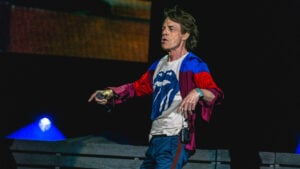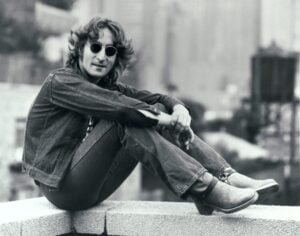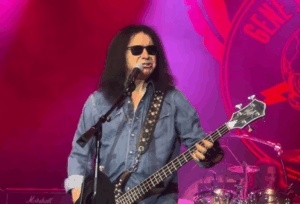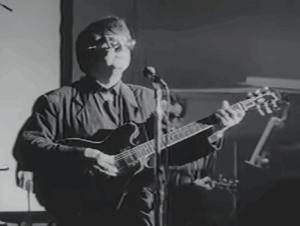5 Iconic Rock Venues from the 60s That Are No Longer Around
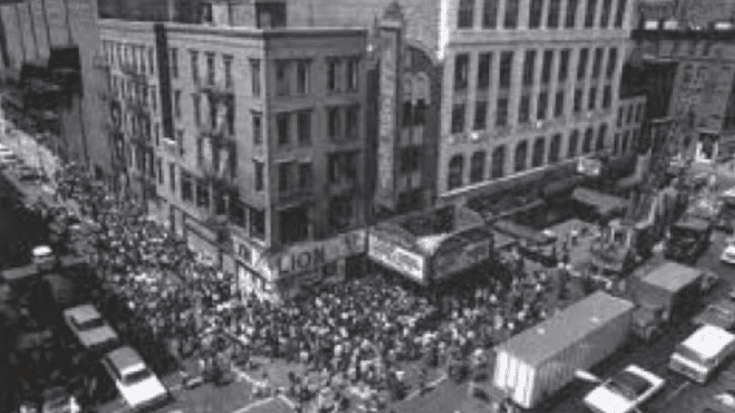
via CrazyDigitalMusic / YouTube
The 1960s were a revolutionary time for music, with rock bands transforming the cultural landscape. Legendary venues played a key role in this transformation, hosting groundbreaking performances and fostering iconic artists. Some of these venues, while no longer standing, left an undeniable mark on music history.
1. The Fillmore East (New York City)
The Fillmore East, located in Manhattan’s East Village, became one of the most famous rock venues of the 1960s. Opened by promoter Bill Graham in 1968, it hosted acts like The Doors, Jimi Hendrix, and Janis Joplin. Known as the “Church of Rock and Roll,” its intimate setting created an electric atmosphere that fans and artists cherished.
Despite its immense popularity, the Fillmore East closed its doors in 1971 due to financial challenges and changing music trends. Its legacy, however, continues to influence the music world, as live recordings from its stage remain some of the most celebrated in rock history.
2. The Cavern Club (Original Location, Liverpool)
The original Cavern Club in Liverpool is famously known as the birthplace of The Beatles. Opened in 1957 as a jazz club, it soon became a hub for emerging rock bands. The Beatles played nearly 300 shows there, solidifying their local and later global fame.
The original location was demolished in 1973 due to construction plans for the city’s underground railway. Though a rebuilt Cavern Club exists today, the original space remains a vital part of rock’s formative years, symbolizing the rise of British rock music.
3. The Avalon Ballroom (San Francisco)
The Avalon Ballroom, a cornerstone of San Francisco’s psychedelic rock scene, featured performances by Jefferson Airplane, The Grateful Dead, and Big Brother and the Holding Company. Opened in 1966, its vibrant light shows and counterculture vibe perfectly matched the era’s experimental spirit.
The Avalon Ballroom closed in 1969, as the scene shifted and economic challenges mounted. While the building itself still stands today, its days as a rock venue are long past, making it a nostalgic symbol of the ’60s counterculture movement.
4. The Whiskey a Go Go (Original Format, Los Angeles)
The Whiskey a Go Go, located on the Sunset Strip, became synonymous with rock and roll in the 1960s. It launched the careers of acts like The Byrds, Buffalo Springfield, and The Doors. The venue’s innovative “go-go dancer” cages added to its unique appeal.
While the Whiskey a Go Go remains open today, its original format and cultural impact during the ’60s are what made it legendary. Its transformation over the years has changed its character, but its place in rock history remains untouched.
5. The Grande Ballroom (Detroit)
The Grande Ballroom in Detroit was a major hub for rock and roll during the late ’60s. Hosting bands like The MC5, Cream, and Led Zeppelin, it became a focal point for Detroit’s thriving music scene. Its reputation for excellent acoustics and wild energy drew fans from across the Midwest.
By the early 1970s, the Grande Ballroom fell into disrepair and eventually closed. Today, the building stands abandoned, a haunting reminder of its former glory. Its contributions to the growth of rock music in America, however, remain significant.











